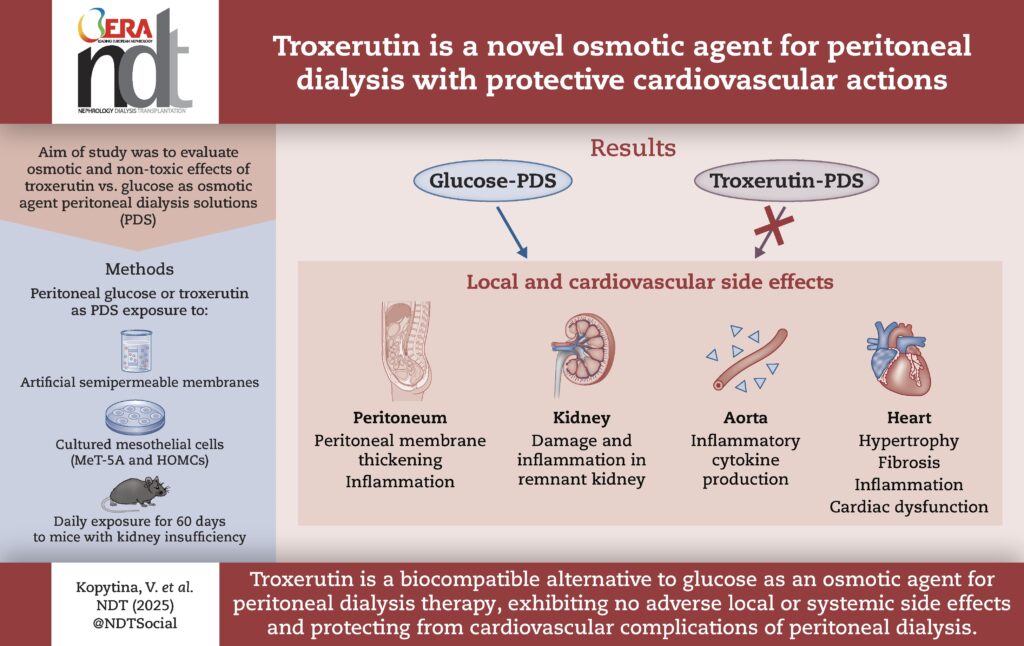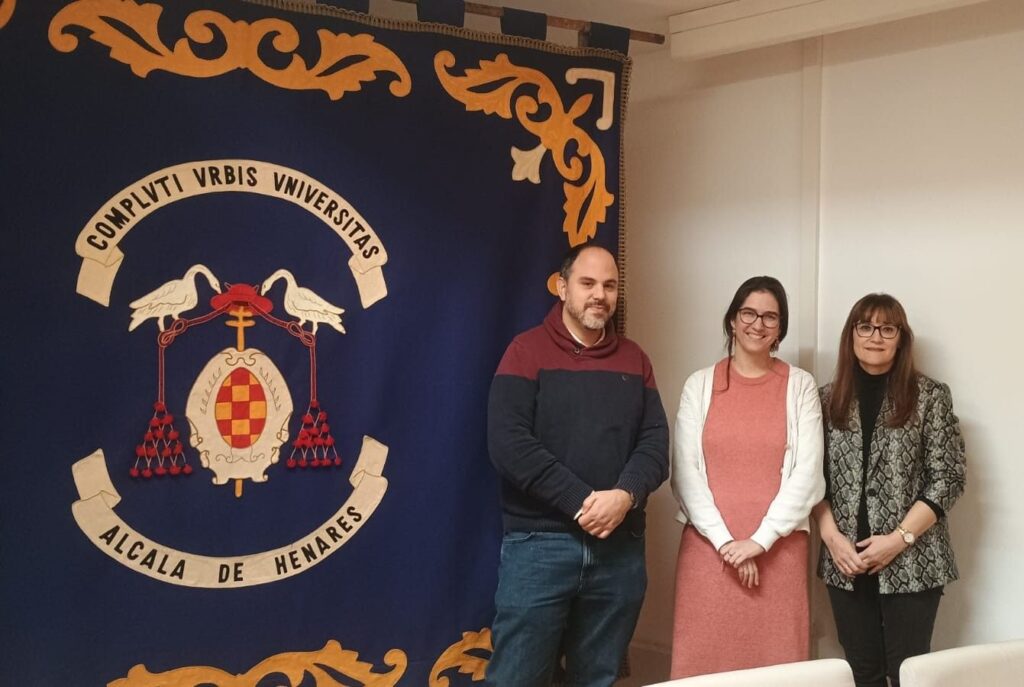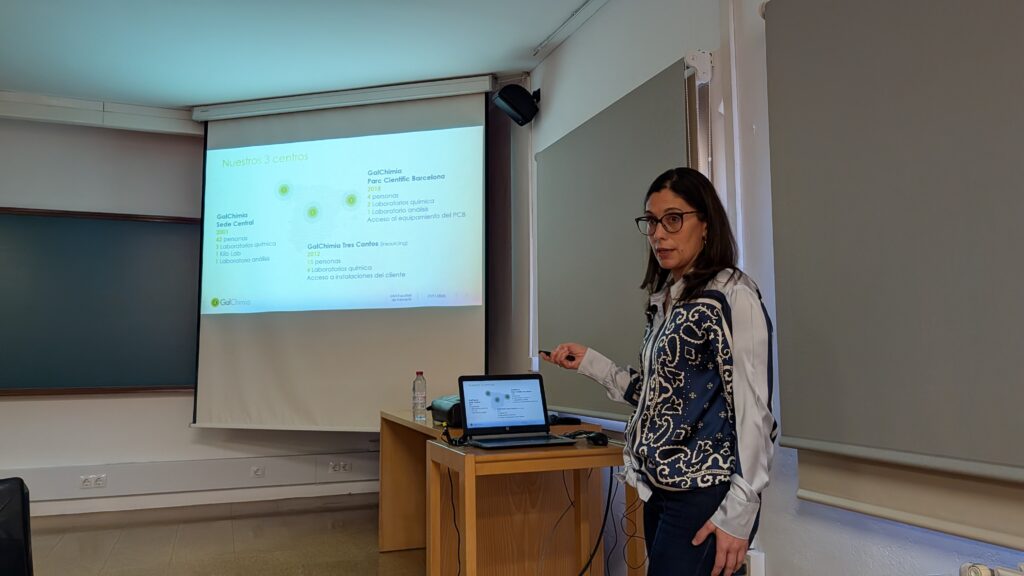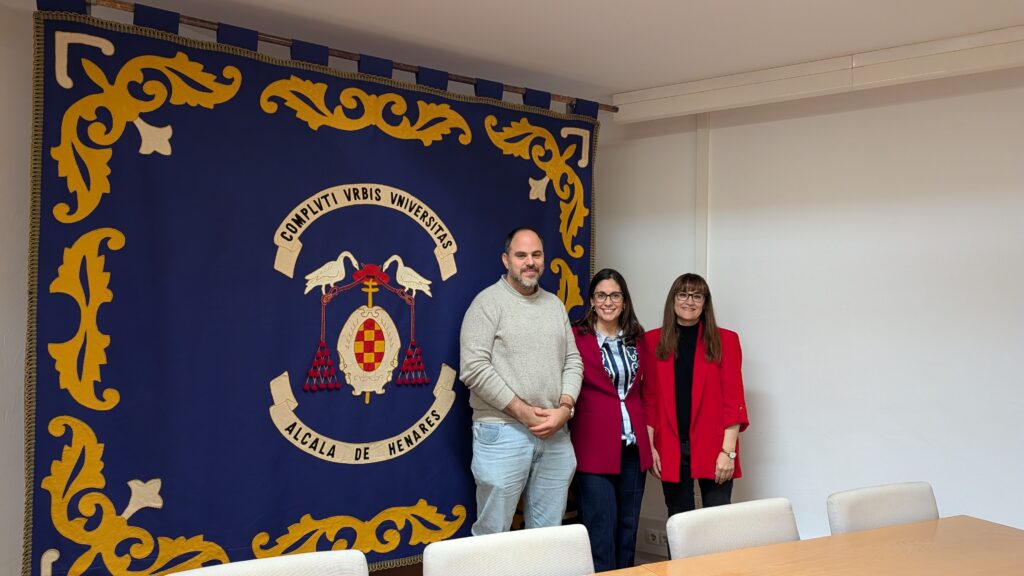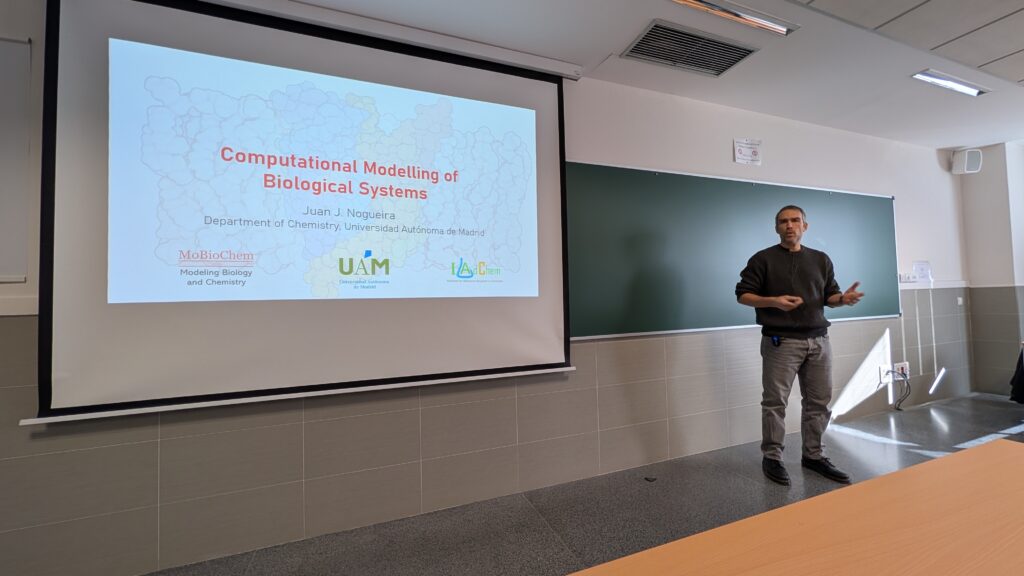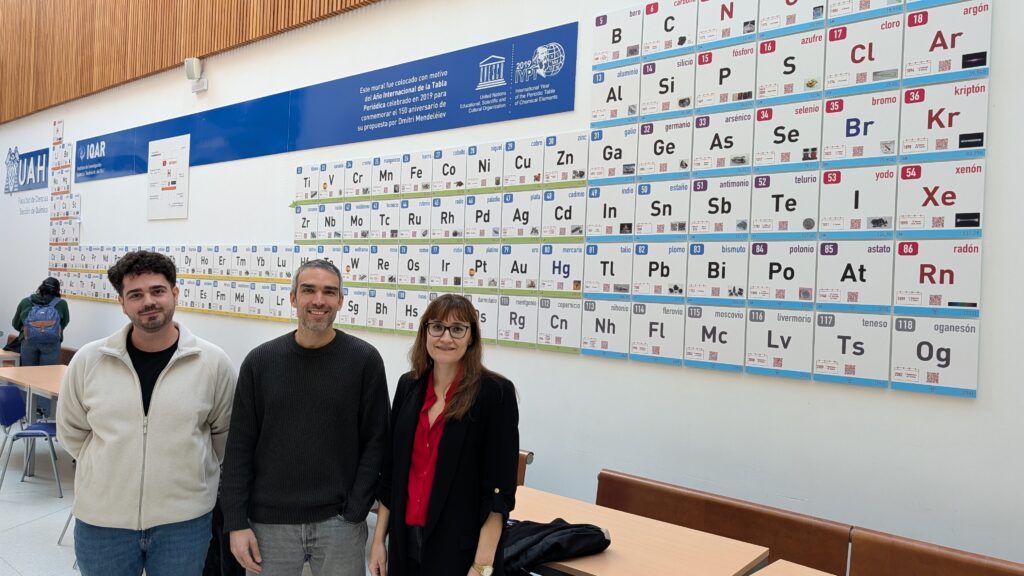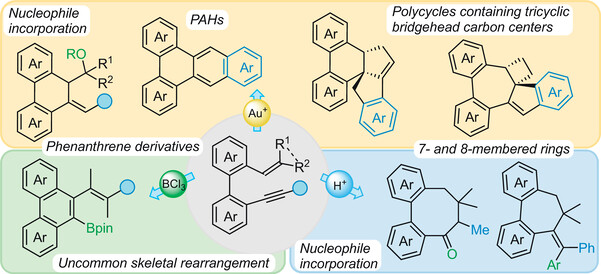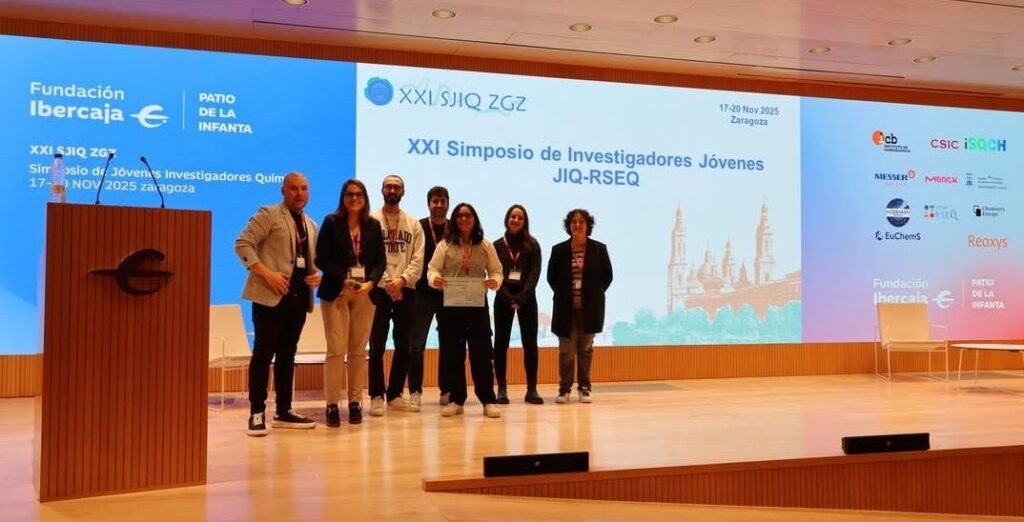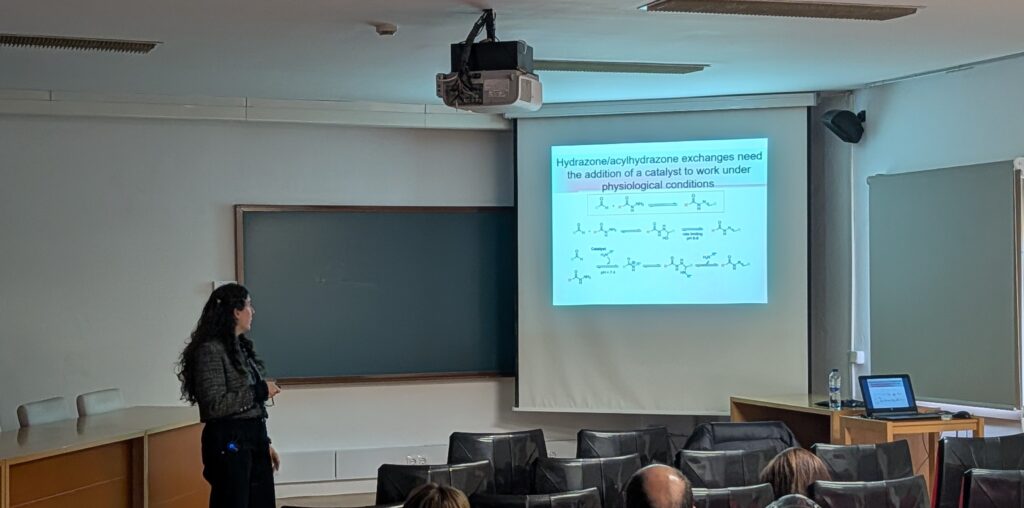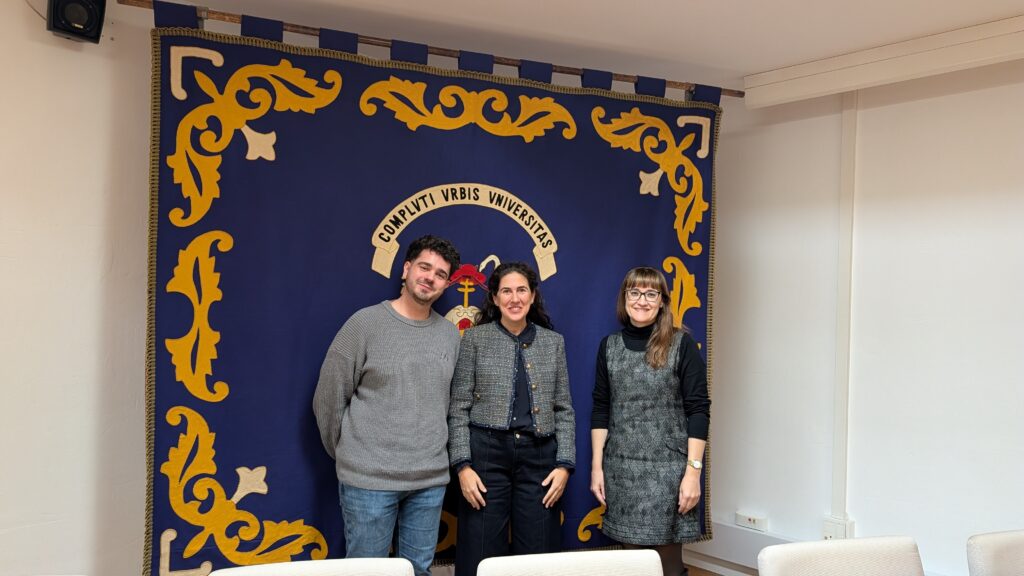Troxerutin is a novel osmotic agent for peritoneal dialysis with protective cardiovascular actions
Valeria Kopytina, Vanessa Marchant, Raquel Rodrigues-Diez, Lucía Pascual-Antón, Nora Toggweiler, Lisa Strahl, Jamie Kane, Antonio Tejera-Muñoz, Marcelino Cortés, David Sucunza, Juan J Vaquero , Marc Vervloet, Dorothea Piecha, Etto C Eringa, Marta Ruiz-Ortega, Manuel López-Cabrera , Guadalupe T González-Mateo*
End-stage renal disease patients require peritoneal dialysis (PD) as a life-saving therapy; however, they continue to experience systemic inflammation and increased cardiovascular pathology. These complications can be exacerbated by exposure to PD solutions (PDS) containing glucose. This highlights the clinical unmet need for novel osmotic agents to replace glucose. Here, we tested troxerutin, an FDA-approved drug, as a potential osmotic agent.
Nephrol. Dial. Transplant. 2025
DOI: https://doi.org/10.1093/ndt/gfaf249
